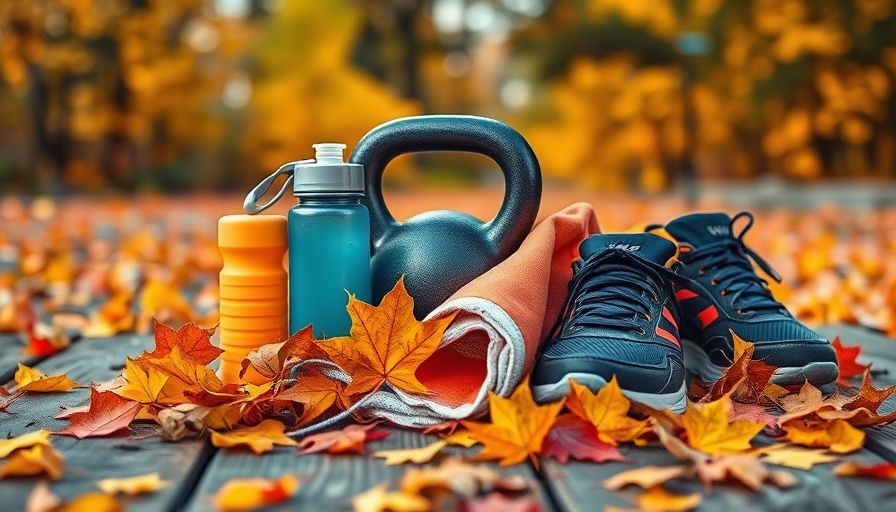
Understanding Common Fall Sports Injuries
As the leaves begin to change and the air turns crisp, fall marks a season filled with enthusiasm for sports and outdoor activities. However, this time of year also sees a spike in sports-related injuries. From football tackles to hiking mishaps, understanding common injuries can prepare athletes and enthusiasts alike to stay safe while enjoying their favorite activities.
What Are the Common Injuries?
Among the most frequent injuries sustained during fall sports are sprains, strains, and fractures. Sprains occur when ligaments are stretched or torn, while strains involve injuries to muscles or tendons. In sports like football and soccer, ankle sprains are particularly prevalent due to sudden changes in direction. Additionally, stress fractures often occur in more endurance-focused activities, such as cross-country running or hiking, where repetitive impact can take a toll on bones.
Why Do Injuries Happen?
Several factors can contribute to sports injuries during the fall. Changes in weather and field conditions can create hazards that increase the likelihood of slips and falls. Furthermore, athletes might push their limits after a summer break, leading to overexertion and injuries. In a survey, researchers found that nearly 50% of high school football players reported being injured at least once during the season, highlighting the need for focused prevention measures.
Effective Prevention Strategies for Athletes
Prevention is vital in minimizing the risk of injuries. Proper warm-up routines, specific to the sport, can help reduce the chances of strains and sprains. Dynamic stretches and sport-specific drills prepare muscles for the intensity of gameplay. Additionally, athletes should be sure to wear appropriate footwear that supports the ankle and foot.
Staying Hydrated and Nourished
The importance of hydration and nutrition cannot be overstated. A well-balanced diet enhances muscle performance and recovery. During strenuous activities, dehydration can skew performance and increase injury risk. Athletes are encouraged to drink water and electrolyte-replenishing fluids, particularly during and after games to restore lost nutrients.
The Role of Recovery in Injury Prevention
Rest and recovery play critical roles in injury prevention. Overtraining without adequate recovery can lead to fatigue and reduce overall performance. Athletes can help their bodies heal by incorporating rest days, stretching, and low-impact activities like yoga. Research shows that athletes who balance training with recovery enjoy better performance and fewer injuries.
Holistic Approaches to Injury Wellness
Exploring holistic options can further support prevention and recovery. Techniques such as chiropractic care and massage therapy can help realign the body, reduce stress, and alleviate physical pain. In fact, many athletes report feeling more balanced and performance-ready after regular chiropractic sessions.
Your Fall Sports Wrap-Up
As the fall season unfolds, it's essential for all athletes to remain vigilant about their health and safety. By incorporating proper warm-ups, staying hydrated, allowing for recovery, and exploring holistic treatments, athletes can significantly reduce their risk of injuries. Furthermore, engaging in open conversations about injuries with coaches and teammates can help foster a supportive environment where everyone prioritizes safety.
Every athlete has unique needs when it comes to their training and health. By understanding these elements and taking proactive measures, they can enjoy a fulfilling, injury-free fall season. Whether you're on the football field or the hiking trail, your well-being should always come first.
For those eager to explore more about nutrition, recovery, and injury prevention, consider consulting with a local healthcare professional or sports coach who can provide tailored advice and support. Remember, an informed athlete is a safe athlete!
 Add Row
Add Row  Add
Add 






Write A Comment